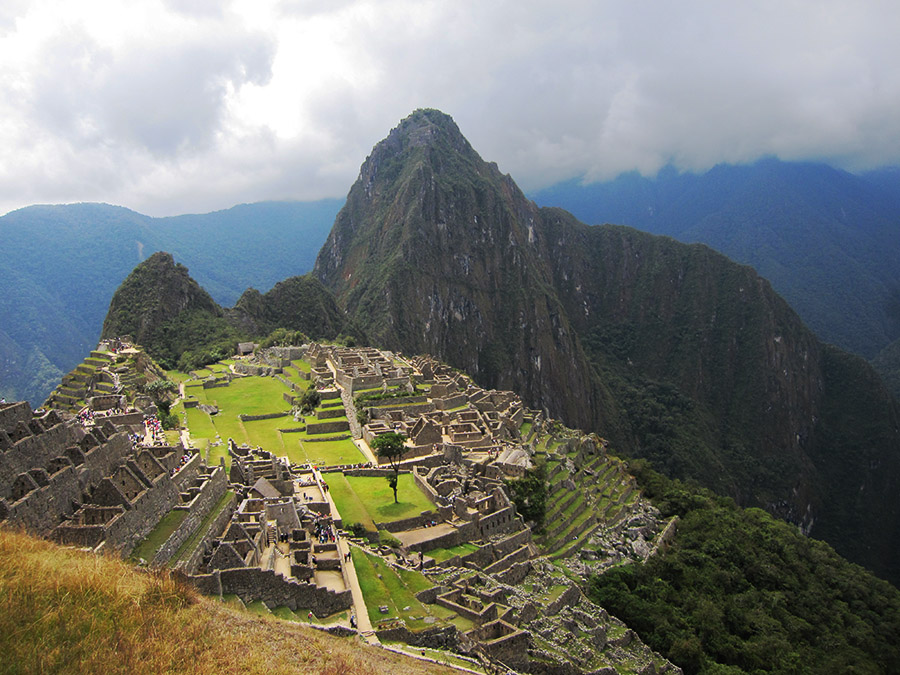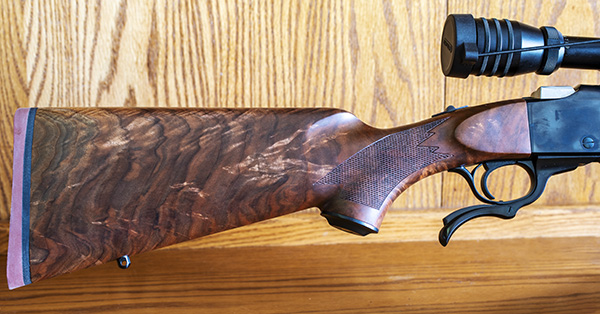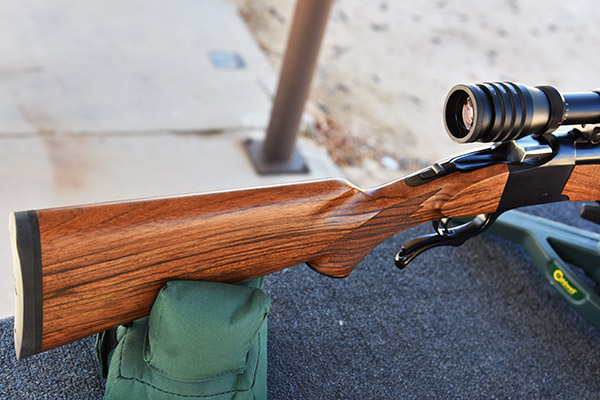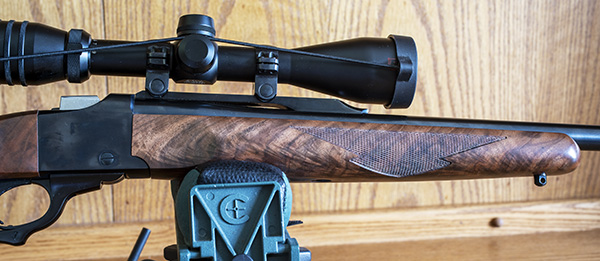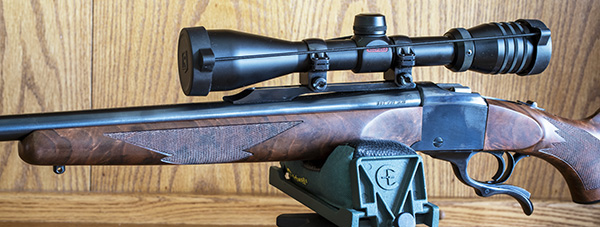By Mike Huber
Peru is most famously known for one of the 7 Wonders of the World. What’s frustrating is that like national parks in the United States, whoever declares things a “Wonder of the World” keeps adding more to the list, or in this case with the 7 Wonders, they change them. Absolutely one of my life’s objectives is to hit all 7 Wonders. Machu Picchu is and should always remain in that highly respected list of these magnificent artifacts of humanity’s past.
Getting to Machu Picchu isn’t easy even if you are living in Peru. I feel the best way is to hike the Inca Trail over three or four days to arrive at this city deep in the Andes. One of the biggest issues with my whimsical lifestyle is it is difficult to plan too far in advance. To reserve a spot to hike the Inca Trail (at the time in 2012) was about four months. In Huber travel years that is equal to about two years, so that option was out. The more touristy way to arrive is via a train with a glass roof. Compared to my past bus rides, it was heaven (there were no showings of Fireproof on this ride).
The train pulled into Aquas Calientes, which is the small town nestled deep in the Andes at the base of Machu Picchu. Almost instantly I was filled with energy. I don’t know if it was energy from the ancient civilization that once resided here or that I was at a lower elevation of 7,000 feet as compared to the 12,000 feet where I had been living.
The following day I was up early to catch the first bus up to Machu Picchu. The bus ride was filled with hairpin turns with quick glimpses of one of the 7 Wonders. I had my face pressed into the cold bus window awaiting each new view around every corner. Upon arrival, I stopped at the kiosk just outside the park entrance to load up on water since a full day of hiking was on the itinerary.
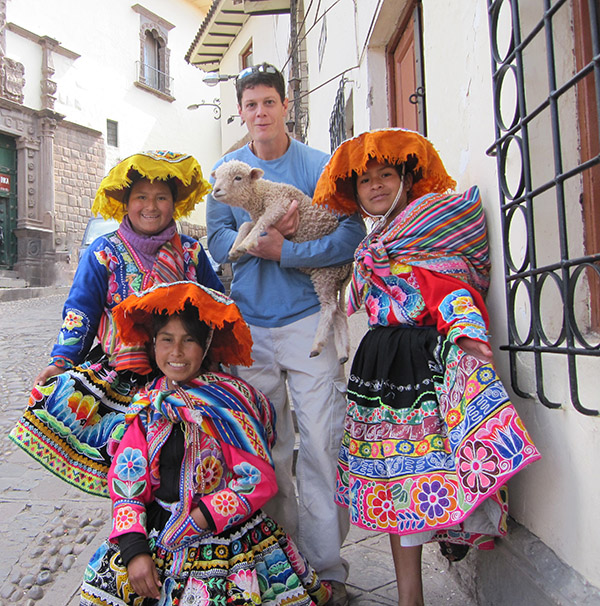
Once entering the ruins and taking some time to… yes, hang out with the llamas…the realization hit me that I had two full days in this mesmerizing ancient city! I noticed people would unload from busses do a quick photo in that iconic spot we all have seen in every travel magazine, have an hour or so to explore the ruins, and then they were off. What’s funny is that angle is not even of Mt. Machu Picchu, but of Huayna Picchu. Having two full days here would allow me the opportunity to summit both mountains and enjoy the area to its fullest.
The first day I decided I would climb the higher and much less visited of the two summits. Mt. Machu Pichu towers approximately 1800 feet above the Inca city below. This should have been a more strenuous hike but between being 4,000 feet lower in elevation, the energy from these powerful ruins, and a solid reserve of coca leaves, the mountain was a fairly easy climb. With so few people along the trail (I was one of the first in the park and many were just there for the photo ops) the trail was pretty much mine for the morning.
After the hike and with the coca leaves leaving my system, it was time for a siesta. I wandered throughout the ruins until I found a hidden room and climbed atop the walls in the sun and snoozed for a bit until I was awoken by some new friends. Marmots. The little guys were scampering throughout the ruins and occasionally would knock off rocks loud enough to jostle me awake. The day couldn’t have been more perfect.
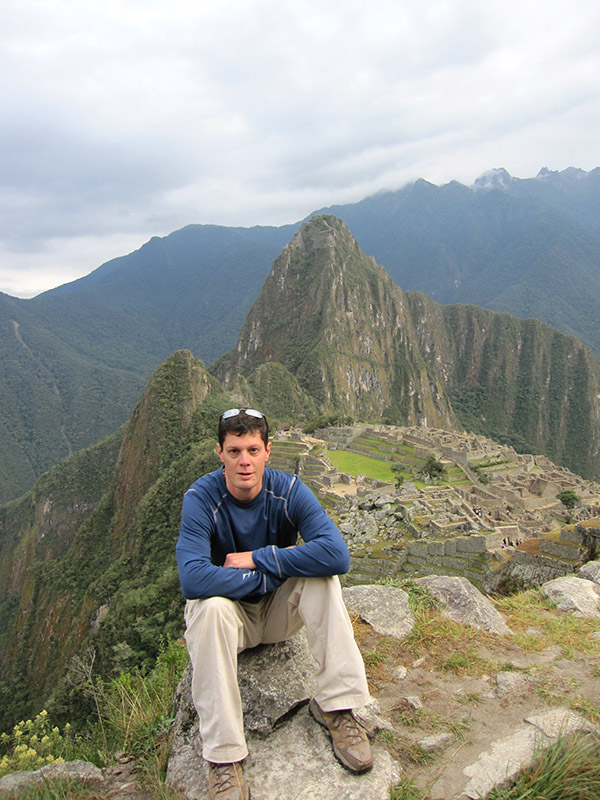
Day Two in the ruins was a similar routine with me catching the first shuttle of the morning. Plans for this day were to summit Huayna Picchu and then hike down behind the mountain to almost the same elevation as my base of Aquas Caliente, but on the other side of the mountain. This area had no one in it. It was a steep trail. In one hike it left the Andes Mountains and descended into a rain forest that felt like no one had visited in centuries. It wasn’t nearly as large as the main city on top of the mountain, but it had a few structures overrun with jungle growth. The difference in climate in this short and steep hike was amazing. After returning it was time for another nap and a few more short hikes along portions of the Inca Trail before returning to the shuttle to bring me back to Aquas Caliente.
With life always seeming so busy and the pressure to constantly move and go it was more than nice to be able to allocate so much time here and fully embrace every part of this city. Few people have this opportunity and the ones that do tend to rush through it so quickly that they don’t allow themselves to feel the mystical energy that emits from this city in the clouds of Peru called Machu Picchu.

